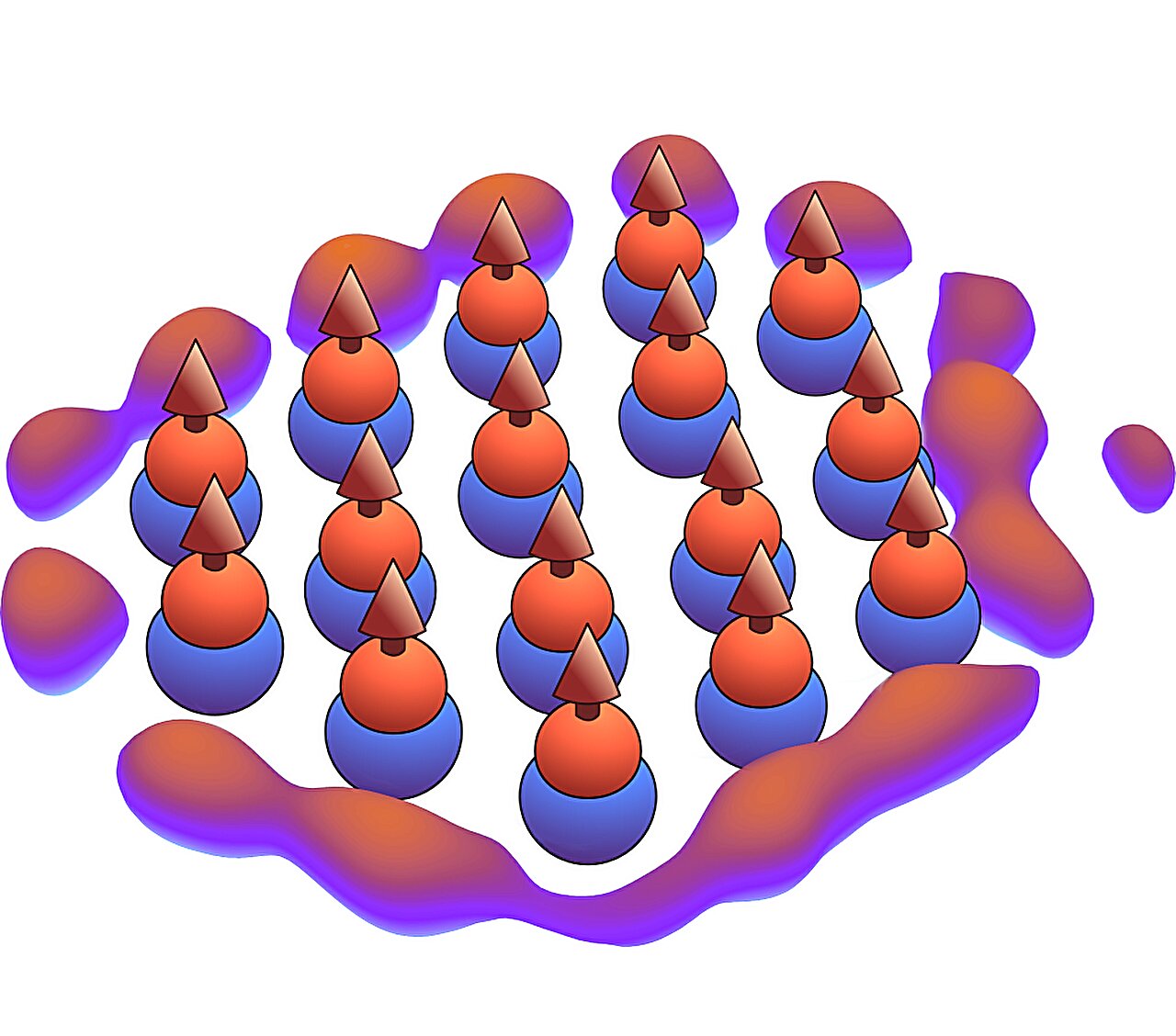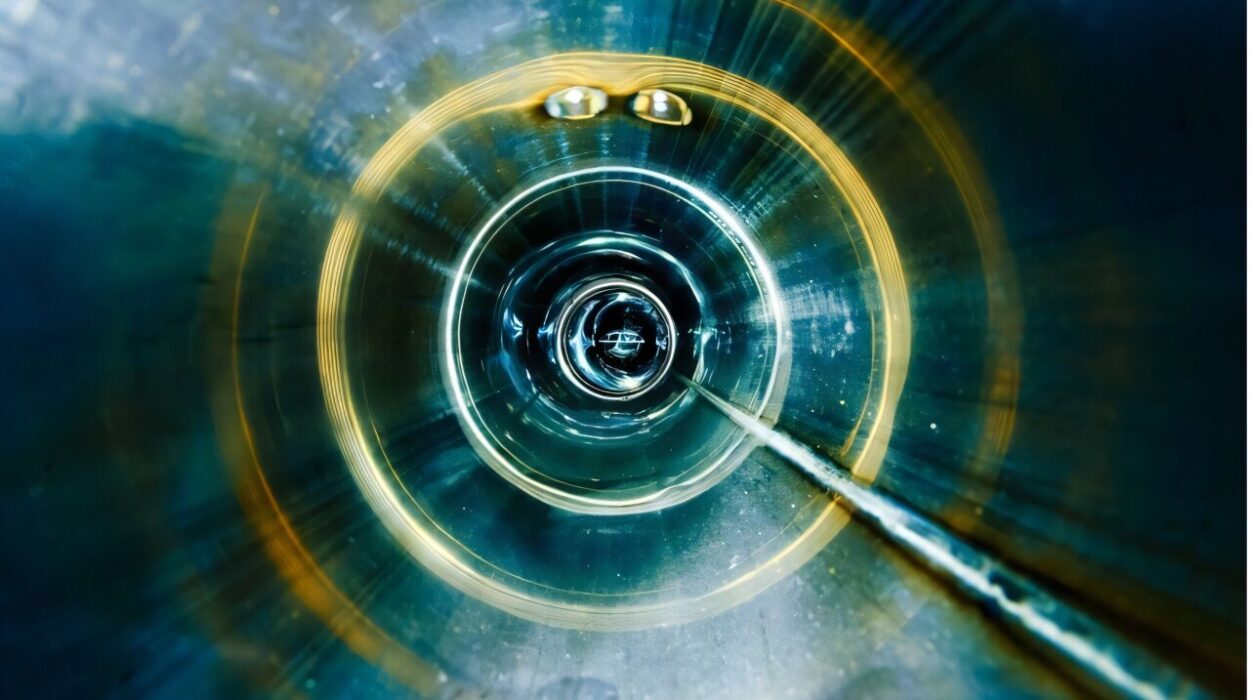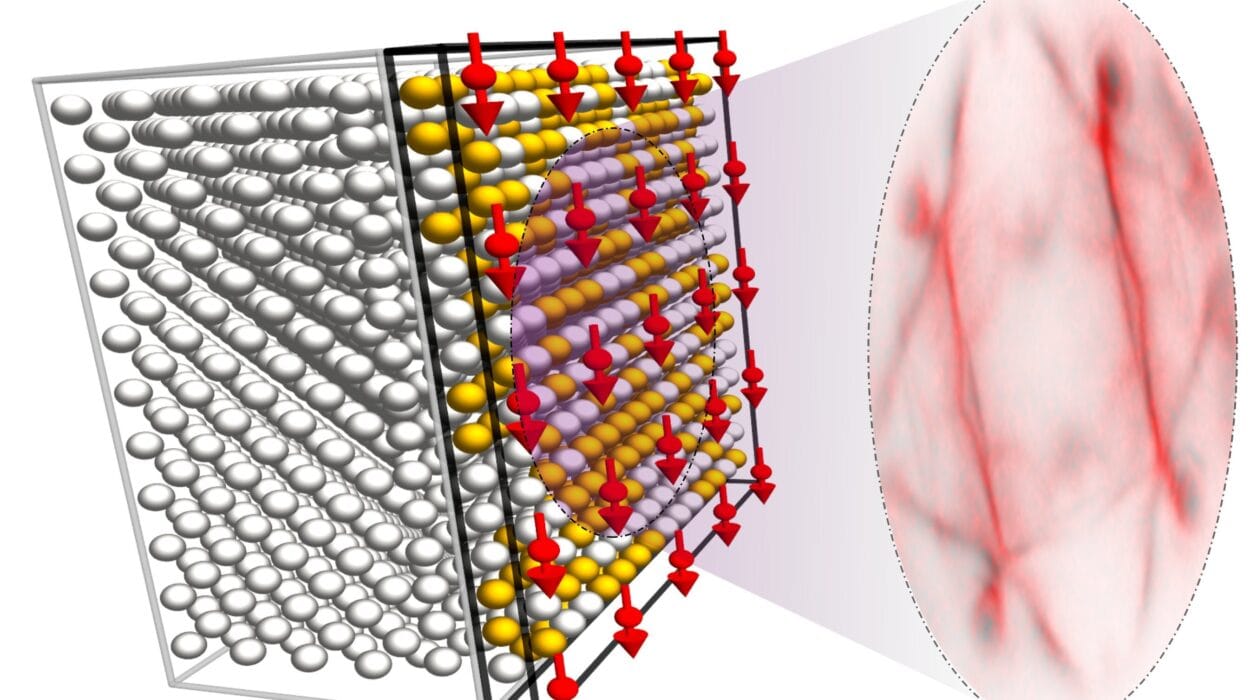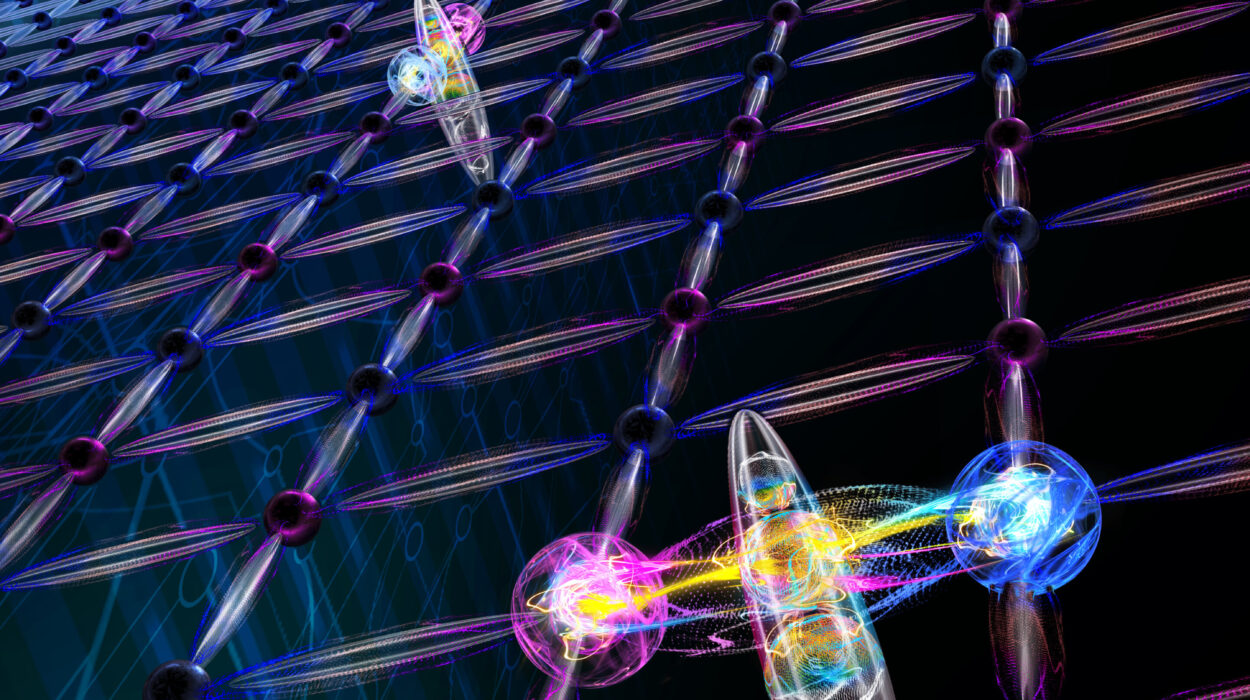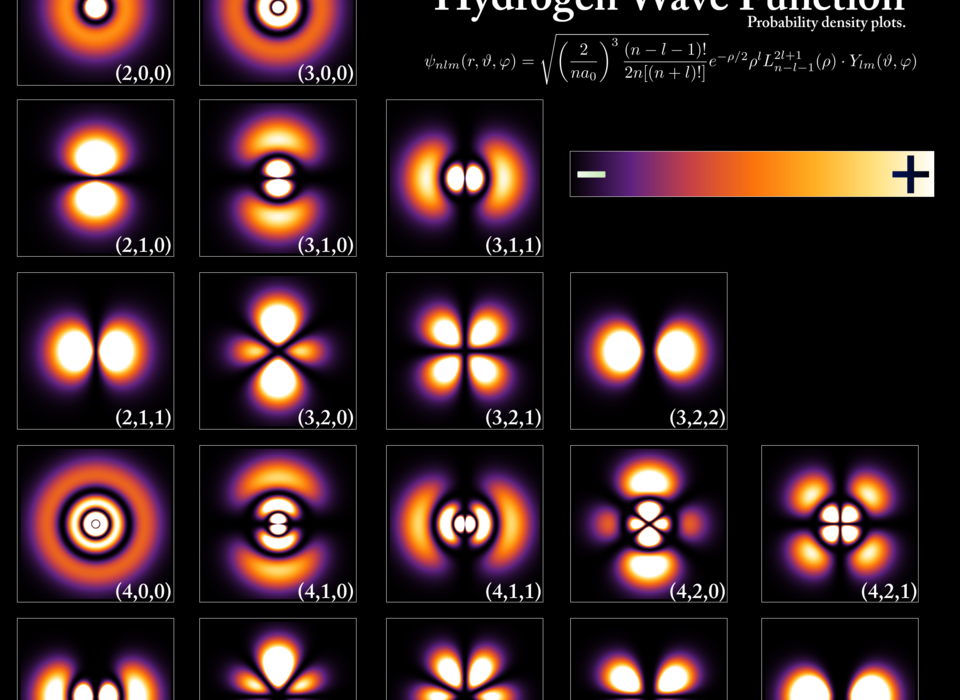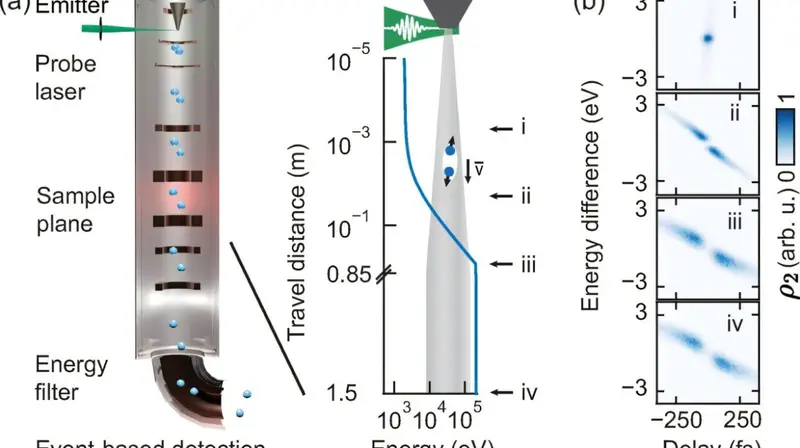There is a regime of nature in which motion stops matter from revealing what it is. Most of the time, atoms are too warm, too jittery, too loud to confess their deepest structure. But cool them to the edge of absolute zero — cool them until their thermal noise collapses — and something unprecedented happens. They stop behaving like a crowd of individuals and begin acting like a single quantum organism. This is a Bose–Einstein condensate (BEC): a state of matter in which many bosons overlap in identity and behave as one wave.
For decades physicists made BECs out of ultracold atoms. That alone took heroic engineering: to persuade a gas to adopt a single quantum personality required squeezing temperature to billionths of a degree above 0 K. But molecules are far more complicated than atoms. They rotate, vibrate, twist; they have internal degrees of freedom that make them reluctant to fall into perfect quantum constraint. That is why it took until 2023 for a Columbia University team to finally create the world’s first BEC of ultracold molecules — a milestone people had chased for more than ten years.
The achievement did more than set a record. It opened an unexplored continent of physics — and researchers in Vienna immediately set sail.
When the Trap Is Removed and Matter Holds Itself Together
A BEC is typically held in place by light — a trap that confines particles in space. The Vienna team, working at TU Wien and the Vienna Center for Quantum Science and Technology, began with this familiar scenario. They planned to simulate condensates of dipolar molecules: molecules carrying electric dipoles that push and pull each other across distances.
Then they made a provocative decision. Instead of asking how molecules behave when they are held still by an external hand, they asked a harder question: could molecules, once ultracold, hold themselves together, without any external trap? Could they form so-called self-bound phases — droplets, membranes, or crystals that stay intact not because light pins them but because their own interactions glue them?
That is not just a new state of matter. It is a new category of cohesion: matter that binds itself at the threshold of zero motion.
Dipoles Change Everything
Atoms have magnetic dipoles, but those are typically tiny. Molecules can carry electric dipoles of much larger magnitude. That seemingly simple upgrade rewires the rules. When dipoles dominate, particles do not merely collide and scatter like gas; they sense each other from a distance, aligning, repelling, assembling, bending the energy landscape into new shapes.
That extra strength makes polar molecules promising for novel phases — superfluid droplets, 2D frictionless layers, crystalline sheets with no lattice carved by a container. But it also breaks the tools physicists are used to using. Approximations that worked for atoms fall apart in the presence of violently strong interactions. That forced the Vienna group to abandon lighter methods and adopt a heavyweight one: Path Integral Monte Carlo, a quantum simulation technique designed for systems like liquid helium, where correlation is strong and nothing can be assumed.
The price was enormous computing time. Each simulation ran for days. But the reward was clarity.
Simulations That Predict What Experiments Have Not Yet Touched
The results were not vague hints; they were structural predictions. The group found that even with realistic parameters — the kind laboratories are now beginning to achieve — polar molecules can spontaneously form self-bound quantum droplets without an external trap. They can further evolve into superfluid membranes, then into crystalline monolayers that hold together under their own internal electric grip.
Critically, these self-bound phases emerge at lower interaction strengths than previous estimates implied. That means they are not distant dreams — they are within experimental reach. Theoretical work is often accused of running years ahead of engineering. Here, theory arrived just in time: laboratories are stepping into the same region of the phase diagram even as the simulations finish.
When Two Worlds Connect: Supersolids and Helium Reborn
The implications do not end with the novelty of control. The Vienna work links two previously separate quests. One lineage pursued supersolids — phases that possess both crystal order and superfluid mobility — in systems with dipolar atoms. Another lineage pursued the mysterious strongly correlated phases known from helium physics, which have resisted full experimental mapping for more than half a century.
The new molecular phases sit in between those worlds. They borrow the long-range order of crystals and the frictionless mobility of superfluids, and they appear not in impossible thought experiments but in parameters that real cryogenic experimenters can dial in.
This is not incremental physics. It is a clean crack in the wall between what is theoretically possible and what is experimentally inevitable.
Why Slow Matter Matters
It is tempting to dismiss any work operating near absolute zero as esoteric — interesting but divorced from ordinary life. That misunderstanding misses the point. Physics at the coldest edge is not a luxury hobby; it is where nature becomes legible. At everyday temperatures, quantum structure is shredded by vibration. Only when motion is arrested does the architecture reveal itself. What we learn in those rare, cold rooms eventually flows back into technologies, insights, and metaphors that shape everything from metrology to materials to computation.
And there is another reason. Quantum phases do not just add items to a catalog of matter; they test the truth of our theories. When a model predicts something that can then be built, nature has been translated — not guessed.
Toward Matter That Engineers Itself
The Vienna researchers are not done. Ultracold dipoles are only one corner of a much vaster potential landscape. Polar molecules allow physicists to control the very interaction law itself — to sculpt how matter attracts or repels before asking what it does. Electrons do not grant that courtesy; they obey fixed laws. Molecules can be tuned, reshaped, aligned by fields, modified by laser light. That tunability means the phases seen in simulation are not endpoints; they are proof-of-principle.
What follows could be crystalline phases that flow without friction, or membranes with quantum rigidity, or solids that remember their prehistory the way exotic nuclei “remember” their parent. It could include the long-hypothesized but never-observed hybrid phases that behave like crystals and superfluids at once — conjectured 50 years ago and absent from nature only because no one had an environment cold, clean, and controllable enough to coax them into existence.
That barrier is ending.
The Frontier at 0 K Is Not an Ending but a Beginning
A Bose–Einstein condensate is not simply a cold gas. It is matter stripped of distraction — a choir of particles forced into the same quantum note until their individuality dissolves. To have done that with molecules is to give physics a new alphabet.
From that alphabet Vienna researchers have begun spelling phases of matter the universe has never naturally assembled or preserved. Each of those phases is a sentence in a language that only appears when motion is minimized enough to let correlation dominate.
Whatever comes next — membranes that glide without friction, crystals with superfluid heartbeats, phases that violate our classical intuitions — will be born in this silence near 0 K, where matter falls quiet enough to speak and we finally have the instruments to listen.
More information: Matteo Ciardi et al, Self-Bound Superfluid Membranes and Monolayer Crystals of Ultracold Polar Molecules, Physical Review Letters (2025). DOI: 10.1103/v7gw-xy36.
